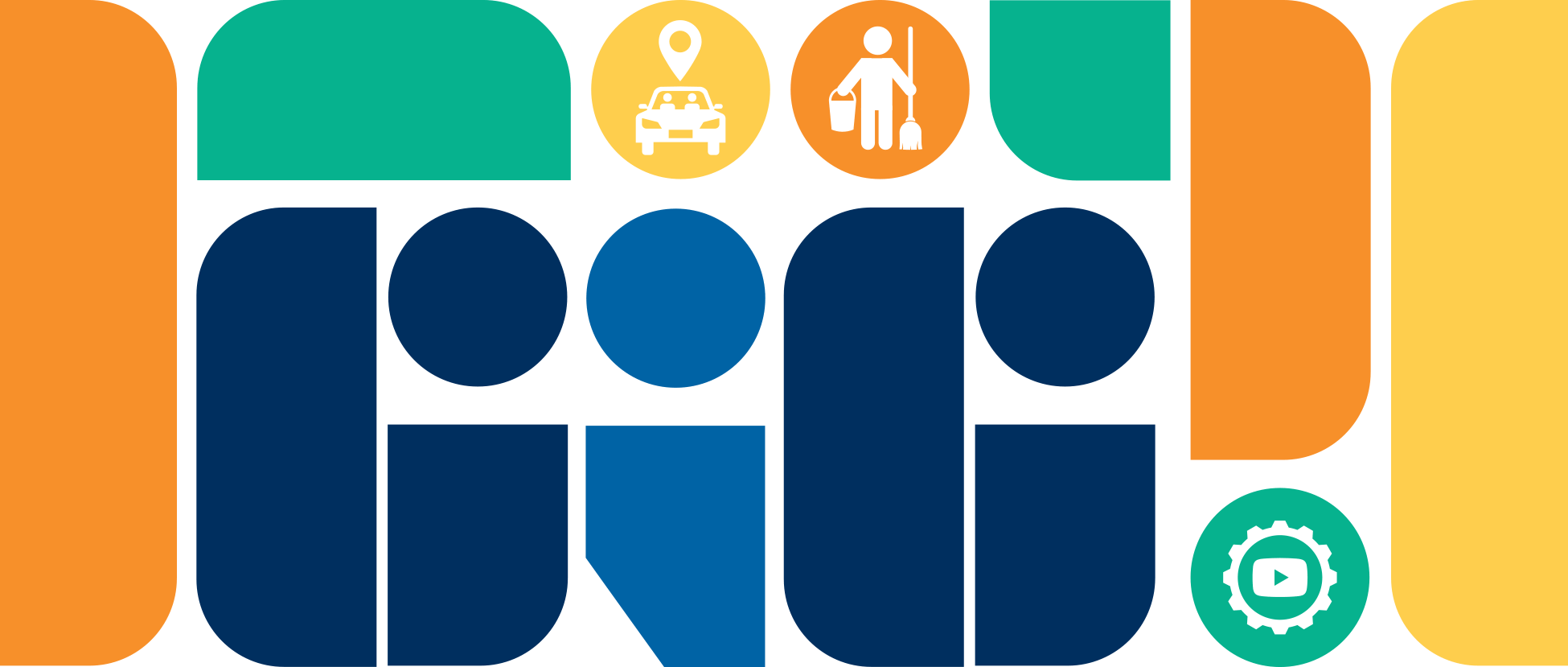Article
Deconstructing the system of remanding people into custody
The John Howard Society’s Cassandra Curtis discusses system barriers encouraging repeated criminal offenses among people remanded while waiting for trial and sentencing
5 October 2023

During the pandemic, you lost your job and have struggled to financially recover. You have managed to get a job, but it isn’t at the salary you had before. A former high school acquaintance reaches out on Facebook to see if you are interested in some quick cash by helping them transport a vehicle purchased from a larger city, while they follow you in their personal vehicle. This person explains that they are paying you to drive this vehicle, so they do not have to pay for a tow truck to transport it. You decide to help this person out, thinking that the opportunity is of great mutual benefit.
When you are given the keys, you are informed that the vehicle was purchased second-hand and is not yet registered. Along with the keys, your acquaintance hands you a bill of sale and an insurance pink card with their personal details; all of which appear to be legit.
While en route, you are pulled over. As you are pulling over you notice that your acquaintance does not stop or slow down and that they keep going. When pulled over you try to explain the situation to the officer and hand over the pink card and bill of sale you were provided. The officer then informs you that the vehicle has been reported stolen and asks you to step out of the car and that they will be completing a search. The officer pops the trunk, and, to your astonishment, there are two guns sitting in the trunk, along with a duffle bag. The officer unzips the duffle bag to reveal three large Ziploc bags containing an unknown substance. You are arrested and the officer informs you that the pink card, bill of sale, and ID documents will all be confiscated as evidence. Upon being cuffed and escorted to the back of the police cruiser, you notice that your cell phone was left on the seat of the car you were driving.
Months later, after clearing your name, you are released from a remand facility. While you were incarcerated, you lost your apartment rental and job because you could not pay rent or work. You have no idea where your belongings are, and your bank account has been closed due to inactivity.
When the remand centre returns your ‘property’, you receive the clothes you were wearing, but there is no sight of your wallet or your phone. You recall the officer stating that your ID had been confiscated, and you remember that you had seen your cell phone on the seat of the car when you were cuffed. In other words, you have no place to go, no way to contact anyone (or their phone numbers), and no way to legally verify your identity.
The caseworker at the remand facility provides you with details to get some income support through Alberta Works so you decide to walk to the Alberta Works building. When you get there, you briefly explain your situation to an agent who then directs you to a computer to complete an online application. While completing the application, you come to realize that you will need the following to complete the application: government-issued photo ID; 60-90 days banking statements to demonstrate financial need; direct deposit banking information and a contact number and/or email so the Alberta Works intake agent/accessor can follow up. You decide to save your application and head towards your bank to reinstate your bank account and request the necessary banking documents to complete your Income Support application.
Upon entering your bank, you are greeted by the teller who requests your bank card. You go on to explain your situation, and that you do not have your bank card, and the bank teller stops you stating, “I cannot assist you with accessing your account without your debit card until you can provide a government-issued photo ID.” Despite your frustration, you politely thank the teller and head over to an Alberta Registry to request a replacement Driver’s License. Despite your ID still being valid, just lost, the agent says you must have ‘proof of address’ to have a new card issued along with a fee payment. In desperation you try to explain to the registry agent your personal circumstances and that you do not have a place of residence or a mailing address. The registry agent informs you that they cannot help you replace your ID without ‘proof of an Alberta address’. They provide you with information about a local shelter that may be able to assist.
Defeated, feeling lost and alone, you navigate yourself to a local ‘dry’ shelter and are informed upon arrival that they are full. You are given information for another shelter that accommodates anyone, including those under the influence, which is a personal trigger considering you have struggled with addiction in the past.
It is now 7 p.m., and you are physically and mentally exhausted from walking from place to place, reiterating your situation to everyone you encounter in hopes they can assist, but have found no resolution despite your efforts. You have no food or money to meet your basic needs, and you are unsure of where to even get food since this is your first time in this predicament. Based on the direction from the shelter worker, you navigate to the other shelter and once again explain your situation to shelter staff to seek out some professional guidance as you are at your wit’s end. This shelter worker empathizes with you, provides you with a list of resources and circles some agencies who may be able to assist, and shows you where the general shelter client-use phone is located to reach out to agencies and book appointments. You feel stuck, lost, and hopeless.
The next day you reach out to several agencies for assistance and are either informed that the program is no longer available due to lack of funding, or you need to join a lengthy waitlist and the intake worker over the phone asks if there is a way to reach you when a spot is available. You provide the intake worker with the shelter’s phone number. Your daily routine now involves eagerly checking with shelter staff to see if you have any phone messages, travelling on foot to the local soup kitchens in which the time and location vary day to day, and either wandering around outside if the weather is appropriate, or frequenting the local library, given that the local shelter does not allow anyone to stay there during daytime hours.
These are scenarios that we often encounter when supporting people at the John Howard Society. Those experiencing houselessness, newly released from institutions, or discharged from medical facilities often experience a multitude of systemic barriers that impact their ability to move forward and improve their situation or achieve some sort of stability. These barriers also perpetuate recidivism.
Recidivism is the act of committing another crime or coming into conflict with the criminal justice system again.
So, what could have been done differently in the case above? First off there is an issue with the increase in the number of adults being remanded as they wait for their trial, bail hearing, or sentencing. In fact, one study from 2019 says Alberta leads provinces with the highest proportion of remanded adults compared with those in sentenced custody. Also, being incarcerated and released into the street (houseless) with no ID documentation, leads to various challenges with accessing basic support services. Start with helping people get IDs and bank accounts, if they need them, and a reasonable income support until they’re back on their feet.
The application process for income support benefits (a.k.a ‘welfare’) can only be completed online and an online application cannot be submitted so that a person’s eligibility can be assessed until they are able to upload the following documents: 60-90 days banking statements or a confirmation that a bank account was just opened and there is no activity, direct deposit information, government-issued photo identification (for yourself, spouse, and any dependents), along with a doctor’s note or confirmation of jobs applied for. Those who are able to submit their application, given that they possess and can upload all of the necessary documentation, are waiting up to two weeks to be assessed. They are in total limbo, without any income until this assessment takes place and are accepted into the Alberta Works Income Support Program.
Another major barrier with accessing income support is assessors not appropriately applying policies. For instance, some individuals are denied basic income supports if they are residing in a shelter as it can be assumed “all their needs are being met.” But, this means a person is perpetually stuck living in a shelter. I have advocated for many in this position and it required escalating the file to the appropriate supervisors. This means that those who do not have advocates often give up in trying to access these benefits.
What’s more, if a recently released individual cannot provide the items needed to submit their application, their application is revoked after five business days, and they must start the application process all over again. The assessment intake process occurs over the phone and an assessor will attempt to contact the person by phone or email three times. Depending on the assessor, all these calls can take place in one day, in a matter of hours, or these calls may be received once daily, over a few days. The call received is from a private or a Government of Alberta caller ID, and the assessor does not always provide a contact number to return the call. As such, if an applicant misses their calls for an assessment, their file is closed, and they must start the application process yet again and wait up to another two weeks to wait for another assessment.
One way to mitigate the obstacles and barriers of transitioning clients from various institutions (prisons or medical facilities) is to offer those transitioning out of institutional settings with a pre-application for income support, so that they can receive their assessment shortly upon release/discharge into community. Alternatively, assessments to determine eligibility for income support could be completed on-site at these facilities to determine eligibility so that one is released/discharged with some income or, at the very least, they are not waiting for a phone call (that they hopefully will not miss) to be assessed.
As the story described above, those who do not have their own phone, those who have lost their phone or had it disconnected due to non-payment, struggle with the assessment/income support application process because they have to rely on others to receive this phone call assessment, as an individual can’t access any help by walking into a government building to be assessed for eligibility.
It’s also important to mention if a person eventually qualifies for income support, benefits can be as little as $500 a month which makes it almost impossible for a person to move away from houselessness; in many communities $500 often is not even adequate monthly income to rent one bedroom or bachelor accommodation.
“Frustration”, “complex”, and “barriers” are words I hear all the time when discussing access to basic supports. One of my clients recently expressed, “It is easier to steal a car than apply for income support.” This is tough to hear when we are working to reduce recidivism. Having identification is necessary to participate in society and when ID is withheld, it essentially sets a person up for failure.
We really need to consider how the person in the case above could have had a better outcome and what would have been a better investment for our tax dollars. It costs $136-$202 a day to incarcerate one individual in Alberta. Wouldn’t it be a better investment to provide newly released individuals with a one-time payment, or at minimum, help those who are being released from such facilities to apply for income support, prior to their release? After all, putting people in custody due to recidivism would cost society more.

The justice system can exacerbate marginalization and poverty
From policing to courts to incarceration, the justice system can exacerbate marginalization and poverty. Lack of resources can be a barrier to addressing legal issues, while having legal issues can lead to a lack of resources. Calgarians need the knowledge, resources and capability to understand and address their legal issues, and deserve a legal system that does not contribute to or cause poverty.
Related Articles
Alberta gig workers push for recognition as unstable incomes, burnout take toll
New research from the Calgary Social Policy Collaborative reveals insights into trends, challenges and solutions for Alberta's gig workers

New research sheds light on Alberta’s gig economy
Calgary Social Policy Collaborative’s new report exposes the pressures facing Alberta’s gig workers and the policy tools that could better support them

Vibrant Communities Calgary addresses Council during budget deliberations
VCC’s advocacy to Calgary City Council on key social issues was covered by the Calgary Herald and Sun, and LiveWire Calgary.

